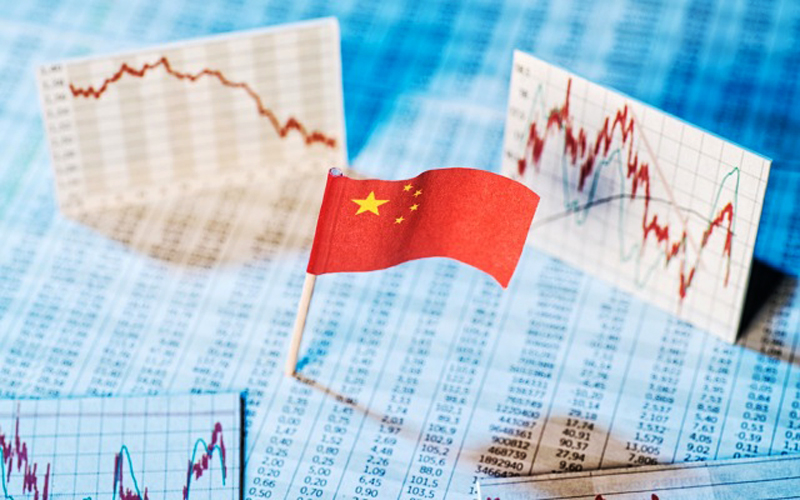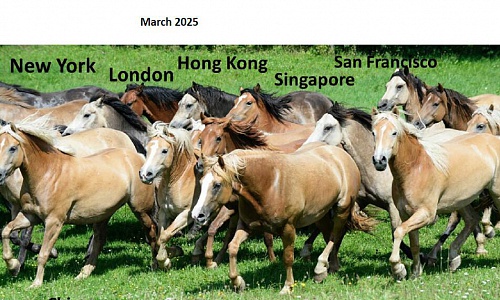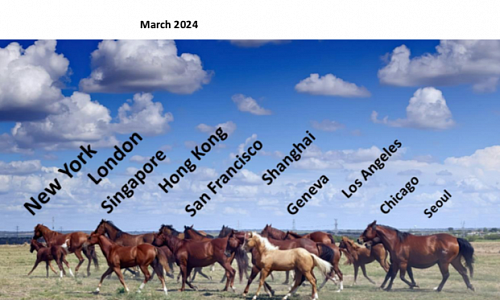Information
The global pandemic has abruptly halted almost all human activity and subsequently created serious challenges to the revival of economy. On April 29, CDI organized an online meeting where academics around the country debated possible solutions to this puzzle.
Date: April 29, 2020
Host: CDI
Theme: Chinese Economy on COVID-19 impact: Challenges and Solutions
Highlights
Cao Yuanzheng, Chairman, BOCI Research Ltd.
Due to the economic shutdown around the world, global trade is shrinking rapidly and the industrial chain is in the risk of a short-term disruption. The longer the pandemic persists, the harder the global economy will be hit. Therefore, controlling the pandemic has become the top concern for economic policies which are aimed at sustaining the current growth rate.
China’s economic recovery faces many challenges ahead. First, under the dual impact of economic downturn and the pandemic, employment growth dropped by 6 percent compared with the last quarter, which indicates a gloomy prospect of the labor market. Second, household consumption is declining at a faster rate than the residential income growth, imposing pressure on domestic consumer market. Third, overseas demand has been shrinking and Chinese foreign trade companies have got stuck in the mire of “shortage of orders”.
The policy responses should be based on “bottom-line thinking”, in other words, ensuring people’s livelihood should replace economic growth stimulation as the primary goal. In the long run, the focus should be on domestic demand expansion, which needs to be fueled by reform. In the medium term, response-based contingency mechanisms should be established with more attention to food security. In the short term, China’s GDP growth must be kept at a certain rate, which is vital for employment, fiscal revenue and financial risk prevention.
Huang Yiping, Vice President, National School of Development, Peking University
Unconventional economic policy responses are needed in times of crisis. Governments and central banks should adopt stronger monetary and fiscal policy measures that go beyond conventions. In addition, when we design unconventional policy responses, exit mechanisms should be taken into account to the extent possible. At the same time, we should be fully prepared for the possibility that the global easing cannot exit in the long run.
For micro, small and medium-sized enterprises (MSMEs) and ordinary households affected by the pandemic, maintaining some liquidity and a relatively healthy balance sheet is very critical. The biggest risk at the moment is the possible cash flow break for MSMEs. Although the Chinese Government has introduced a number of measures to bail out businesses, more direct financial subsidies households and businesses are needed.
Once the pandemic is brought under control, more focus should be given to reconstruction and the monetary policy should be further eased. At the current stage, the pandemic is under initial control and a moderately easy monetary policy should be of relevance. The fiscal policy should play a bigger role in reconstruction. Many things can be done on the fiscal front, such as reducing taxes and fees, supporting investment, and increasing spending on people’s livelihood.
Zhang Xiaojing, Deputy Director, Institute of Economics, Chinese Academy of Social Sciences
The Chinese government may consider giving cash subsidies to low-income groups so as to directly stimulate consumption. Compared with consumption coupons, cash subsidies are more inclusive and non-discriminatory. As the low-income groups have a higher marginal propensity to consume, cash subsidies to low-income groups will not only help ease their survival pressure and boost domestic consumption, but also facilitate poverty alleviation, a crucial target set by the central government in this year.
Leverage is an important tool for government to pull the economy out of the woods. The leverage ratio in China’s public sector is much higher than that in private sector, which to some extent reduces the efficiency of leverage in resources allocation. But at the current stage of China’s development, there is a greater need to stimulate the vitality of the private sector. This requires more resources be allocated to the private sector through leveraging. The active participation of private capital will facilitate market-based risk-sharing and mitigate the risks imposed by the high leverage ratio in public sector.
Feng Qiaobin, Deputy Director, Macroeconomic Department, Development Research Center of the State Council
The policies are aimed at creating a “protective cushion” and “buffer zone” for the economy and society in order to prevent social unrest and the collapse of the economic system after the pandemic. How to deal with the huge debt left behind by stimulus policies and address the fragility of the economic system in the later stage remains an issue that governments need to address.
China’s fiscal policy in the next stage should focus on “reform bailout” rather than “stimulus bailout” only. Priority should be given to the following aspects in the process of policy implementation. We should strike a balance between meeting short-term needs and ensuring long-term development. At present, China has entered into the “mitigation stage” of the pandemic, so the policy is mainly aimed at medium-and-long-term recovery. Compared with the acquisition of assets in Europe and the United States through setting up SPVs, China also has the need to directly purchase corporate assets. However, with large SOEs as a stable anchor, China can focus more on some key industries and private enterprises. Even if fiscal policy can be implemented to increase the deficit and debt, fiscal funds should be increased for financing.
Guan Lixin, Deputy Director, Circulation and Consumption Research Institute, Chinese Academy of International Trade and Economic Cooperation
The pandemic has had a significant impact on both consumer demand and production supply in China. Traditional consumer industries such as catering, accommodation and tourism have all suffered a significant impact, but some new forms of online consumption have emerged. Meanwhile, the surge in the purchase of pandemic prevention supplies and life necessities has experienced a short-term price hike.
Given the complex and severe external situation, expanding domestic demand as the key to economic stability has become a consensus. To boost the domestic consumer market, both “short-term policies” and “long-term mechanisms” should be put in place. On the one hand, short-term measures should be taken to revitalize consumption, such as enhancing consumer confidence, speeding up revitalization of traditional consumption, unleashing the potential of the new forms of consumption, and ensuring people’s basic livelihood. On the other hand, efforts should be made to continue to improve the long-term mechanisms for boosting consumption. Specifically, on the basis of ensuring the consumption capacity of different income groups, measures should be adopted to cultivate new engines for income growth. Besides, multi-level carriers of consumption in rural and urban areas should be improved to ensure a more diversified market supply, so as to unleash huge domestic market dividends.









